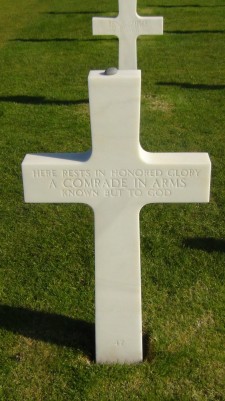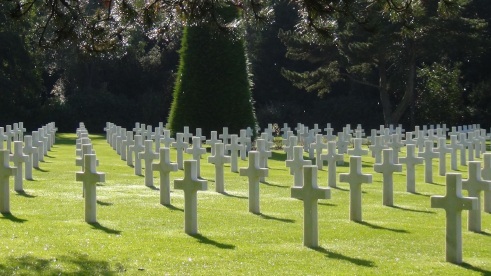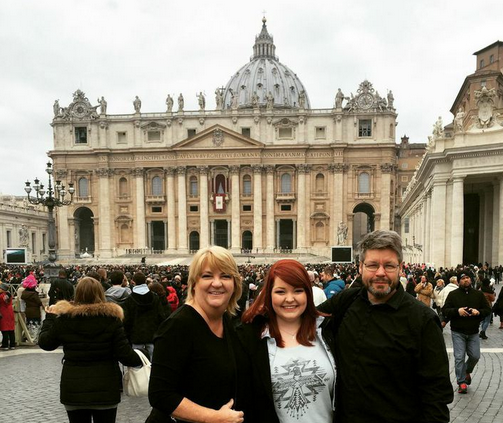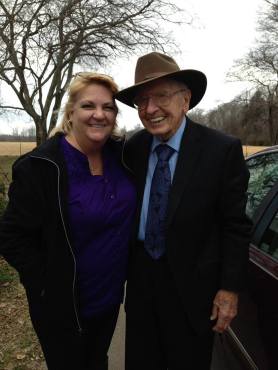Nowhere on Earth has so much misery been concentrated in one place. It was killing on an industrial scale and it was horrifically efficient. Your tour is led into a gas chamber. Above you sunlight filters through narrow openings to the surface. It was through those vents pellets of Zyklon-B were dropped. At most you had 15 minutes to live. If you were lucky, the end came much quicker.
My day began at 5:00 am on a chilly Warsaw morning. A full moon illuminated a clear sky. I boarded the train to Krakow, two and half hours away. From there it’s a one hour drive to Oświęcim, the Polish name of the village nearest the death complex. Auschwitz was the German name.
There were 4 Israelis in the van which met me. When the door opened I was greeted with a hearty “Hello Jeff” by Schlomo, the only one of the group who could speak English. On the drive there we talked about his life in southern Israel. He, a retired school teacher, his wife and another couple where on their first Holiday in Poland. They had enjoyed Krakow immensely with its resurgent Jewish quarter. Today though was not a day to be “enjoyed”. Schlomo was genuinely appreciative a gentile would take a day out of a vacation to make this trip. I was touched by sincerity, but saddened by the perception this is trip primarily for Jews. I’m not really sure why this trip was important to me, but I wanted to see this place. Search for reason. I found none.
Auschwitz was actually a complex of several camps. Auschwitz I opened in 1940 on the grounds of a Polish army training facility. The buildings are permanent brick barracks. Upon entering the camp you pass under this sign:

“Work will set you Free”. Every step along the way the prisoners were given hope that things were going to be better. Surely we were not brought this distance just to be killed they were to think. A quartet of Jewish musicians played soothing music as the prisoners entered the camp. Instilling false hope was one way order was maintained.
Those that were not killed immediately where put on various work details. Their reward was to be worked to death. Pictures on the walls document a fraction of the people who came to this place. The Nazis kept meticulous details, so each image had 2 dates. Arrival and death. The time between those two dates averaged less than 6 weeks.
There are rooms filled with the personal items of the prisoners – shoes, glasses, luggage, clothes, and house wares. There are whole rooms dedicated to each of these. But none is as emotionally jarring as walking into a room containing 2 tons of human hair. The hair was sheered off the prisoners and shipped to linen factories. A sample of the cloth including this hair is on display. The bales where clearly marked with the camp’s ID. The people who received these bundles knew where they came from. The two tons on display is just what was left behind when the camp was liberated by the Soviet Army.
I took a lot of pictures that day. But there were pictures I just could not take. A case of confiscated infants clothing was one of those. I looked through the viewfinder, composed the image but just could not bear to click the shutter.
The tour moves to detention blocks. Here the SS held prisoners who violated rules, or were chosen randomly for execution. Whenever someone escaped 20 prisoners were chosen for starvation. Father Maximilian Kolbe, a Catholic priest, asked to trade positions with a condemned Jew. His request was granted. Kolbe was starved over the coming 2 weeks and eventually executed after taking too long to die. He was later sainted by the church.
The tour of Auschwitz 1 ends in the gas chamber. This is the only such chamber in the complex to survive. Smaller than the other 4, it’s where the Nazi’s perfected the killing process. First used on Polish and Soviet soldiers it was later converted to a bomb shelter for German Officers. The conversion is the only reason this gas chamber and adjoining ovens still exist.
Next to the Auschwitz 1 gas chamber still stands the gallows specially built for Rudolph Höss the first commandant of the camp. After being convicted of war crimes he was brought to this place and executed. A fitting, albeit too merciful, end.

After a short rest, we board the van for the 5 minute ride to Birkenau.
Birkenau

The the horrors of Auschwitz 1 were only the start. In the gas chamber I had stood in, the Nazi’s developed their skills of mass extermination. Birkenau was the finished product. It is a much larger complex, with four massive gas chambers. These are only ruins now. The Nazis desperately tried to hide evidence of their monstrous crimes just ahead of the Red Army, but they failed.

If you have seen the movie Schindler’s list you will recognize this place. It’s all there, the arch at the camp’s entrance, the tracks, and barracks. Gone are the smokestacks belching ash.
The site is massive, similar in size to a football stadium and parking lots. Most of the prisoner barracks where disassembled for wood after the war so brick chimneys are all that remain. Here the SS quickly sorted those chosen to work and those sent directly to the gas chambers. At this stop 80% of the arrivals went directly to the gas chamber.
We all know the cattle cars where packed with between 80-120 people. So cramped there was not room for sitting down or sanitation. I had not really imagined how awful that was until I stood next to one of the train cars. These were not the modern over sized cattle cars we see on today’s container trains. Inside they were scarcely the size of the average American family room. It was one of many realities I could not have comprehended until my trip here.
The chambers at the back of the camp are ruins now, but you can still see just how much bigger they were than the one at Auschwitz I. This is where the art of industrialized murder was perfected. Unlike a bomb dropped from 20,000 feet or a cannon fired over the horizon, this was killing on a methodical, personal scale. Killers looked into the eyes of their victims day after day after day.
During the course of the war Auschwitz contained 1.3 million prisoners. All but 200,000 of those died here. The vast majority were Jews, but there were also Russians, Poles, Gypsies and other “undesirables”. Of the 200,000 who “survived”, many where moved to other camps, so the number who actually lived through the war was much smaller. The prisoners liberated by the Soviets were those too weak to be marched west during the German retreat.
Recent snows had melted, leaving this camp soggy. By the time I left, mud coated shoes and jeans. Certainly that mud still contains traces of the ash which gently settled on these grounds seven decades ago.
During my stay here I’ve seen many solemn sites. Tombs of the Unknown in several countries, countless memorials to the war dead, and 10,000 American graves at Omaha Beach. But there, even with the sadness and misery, there was at least purpose, meaning, hope for a better future.
Here there was only madness.
















































